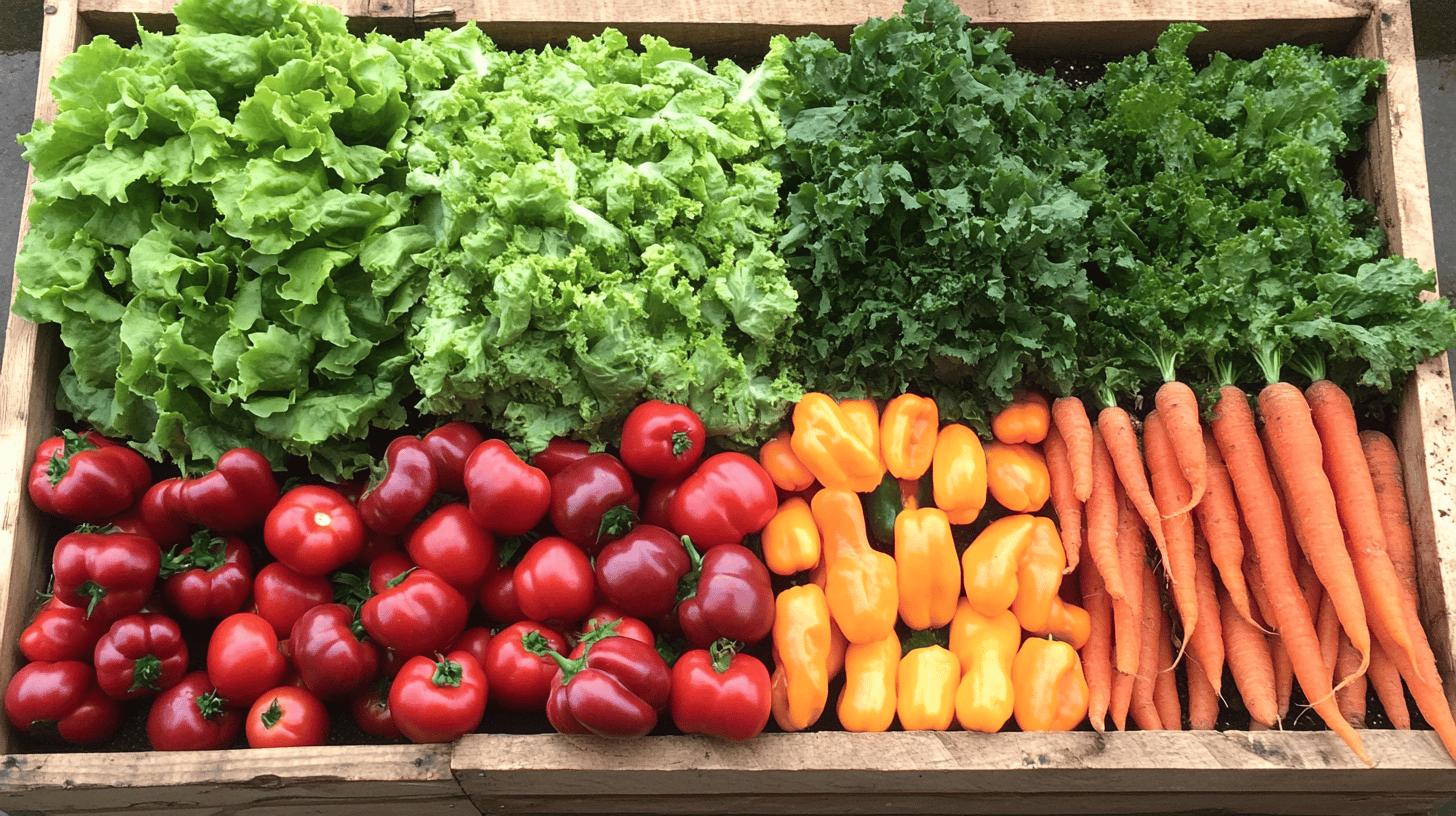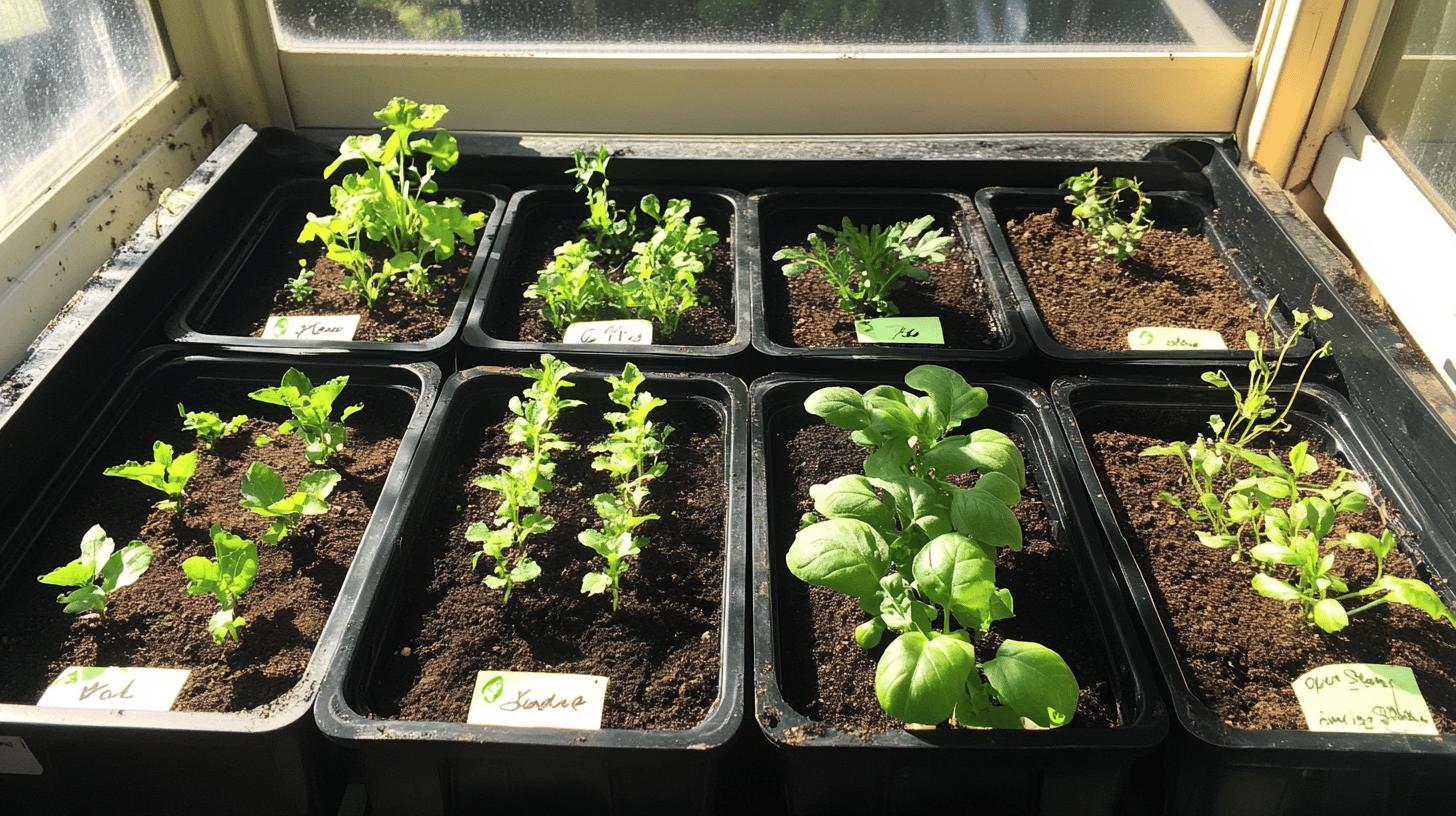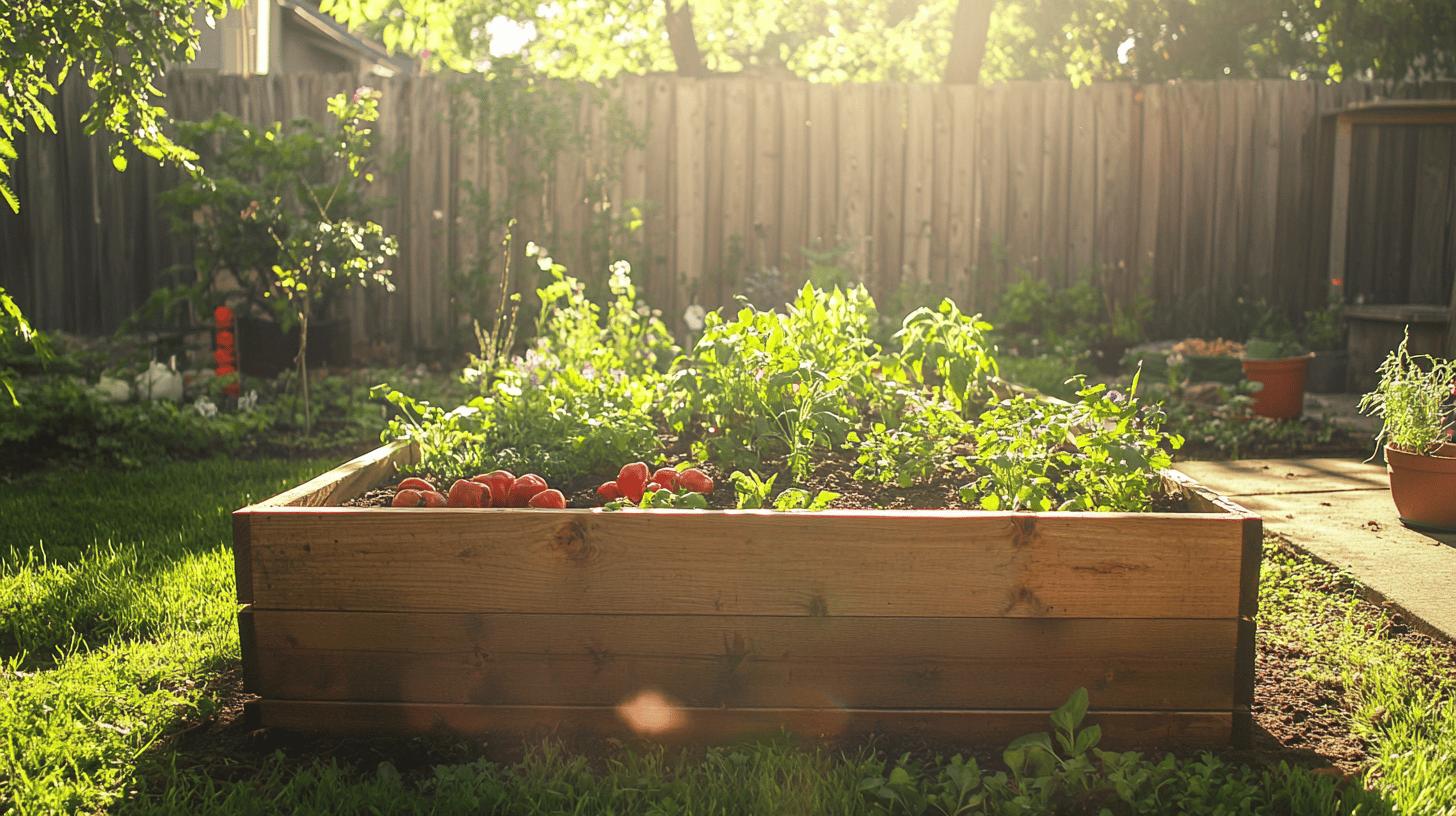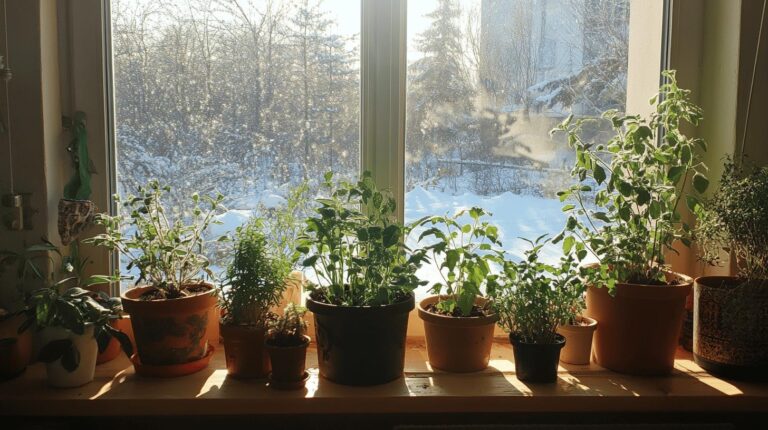4×8 Raised Garden Bed Planting Layout Tips
Is your gardening space limited, but your ambition for a flourishing vegetable patch knows no bounds? Let me introduce you to the 4×8 raised garden bed—a seemingly humble structure that offers you 32 square feet of productive glory. This setup isn’t just about fitting plants into a small area; it’s about maximizing every inch for a bountiful harvest. In this guide, I’ll walk you through the essentials of planning an efficient garden bed layout, from sunlight strategy to plant synergy, so you can turn that patch into a thriving garden oasis.
Plant Arrangement Strategies for 4×8 Raised Beds

In a 4×8 raised garden bed, arranging plants effectively is key to maximizing yield and maintaining plant health. The compact nature of this space requires careful planning to ensure each vegetable has room to grow without overcrowding.
Proper spacing is essential to prevent competition for nutrients and sunlight, and to reduce disease. By organizing plants in rows or sections, you can optimize the available space and create an efficient garden.
Here are six vegetables suitable for planting in a 4×8 bed, along with recommended spacing guidelines:
- Tomatoes: Require about 24 inches between plants to allow for growth and airflow.
- Peppers: Space these 18 inches apart to ensure they have enough room to develop.
- Lettuce: Plant in rows with 12 inches between each to allow for harvesting and regrowth.
- Carrots: These can be planted closer together, about 3 inches apart, as they grow vertically.
- Cucumbers: Need approximately 18 inches between plants, or consider trellising to save space.
- Radishes: Space these small root vegetables about 2 inches apart for optimal growth.
To illustrate a sample layout, consider the following table that outlines how you might arrange these vegetables in a 4×8 bed:
| Row | Vegetable | Spacing |
|---|---|---|
| 1 | Tomatoes | 24 inches |
| 2 | Peppers | 18 inches |
| 3 | Lettuce | 12 inches |
| 4 | Carrots | 3 inches |
| 5 | Cucumbers | 18 inches (with trellis) |
| 6 | Radishes | 2 inches |
By following these plant arrangement strategies, you can create a productive and well-organized 4×8 garden bed. This approach not only enhances plant health but also ensures a bountiful harvest.
Seasonal Planting Plans for 4×8 Beds

Planning your 4×8 raised garden bed by season ensures you get the most out of your growing space all year round. The cycle begins with cool-season crops in spring, transitions to warm-season varieties in summer, and then circles back to cool-season crops in the fall.
Spring Planting
Start your garden with cool-season crops as they thrive in the cooler temperatures of early spring. These plants can handle a light frost and are usually harvested before the heat of summer.
- Lettuce
- Spinach
- Peas
- Radishes
Summer Transition
As temperatures rise, it’s time to introduce warm-season crops. These plants require more sunlight and heat to produce well, and they often need more space to accommodate their larger size.
- Tomatoes
- Peppers
- Cucumbers
- Zucchini
Fall Harvest
As summer draws to a close, reintroduce cool-season crops. These plants take advantage of the cooler autumn weather and can often continue producing until a hard frost.
- Broccoli
- Carrots
- Kale
- Beets
Succession planting plays a crucial role in maintaining a continuous harvest. By planting new seeds or seedlings immediately after harvesting a crop, you can maximize the use of your 4×8 bed throughout the growing season. This approach not only keeps your garden productive but also ensures a steady supply of fresh produce. With careful planning, your raised garden bed can yield a bountiful harvest from spring through fall.
Harvesting and Maintenance Tips for 4×8 Beds

Maintaining a 4×8 raised garden bed is a straightforward task, making it perfect for beginner gardeners. The compact size allows for easy access to all plants, simplifying routine care and maximizing yield. Implementing a regular harvesting schedule is crucial to ensure continuous production and prevent plants from becoming overgrown or stressed.
Here are five beginner-friendly tips for efficient harvesting and maintenance:
- Consistent Weeding: Remove weeds regularly to reduce competition for nutrients and water, helping your plants thrive.
- Soil Amendments: Add compost or organic fertilizers periodically to maintain soil fertility and encourage healthy plant growth.
- Water Wisely: Ensure consistent watering, preferably in the early morning or late afternoon to minimize evaporation and prevent disease.
- Monitor for Pests: Regularly check plants for signs of pests and take action promptly, using organic methods like neem oil or insecticidal soap.
- Prune and Harvest: Keep plants pruned to promote airflow and harvest produce frequently to encourage further growth and prevent waste.
Here’s a basic maintenance schedule to keep your 4×8 bed in top shape:
| Task | Frequency |
|---|---|
| Weeding | Weekly |
| Soil Amendment | Every 4-6 weeks |
| Watering | 2-3 times a week |
| Pest Inspection | Bi-weekly |
| Pruning/Harvesting | As needed |
With these tips and a simple schedule, maintaining your 4×8 raised garden bed becomes a manageable and rewarding endeavor, ensuring your garden remains healthy and productive.
Conclusion
Designing a 4×8 raised garden bed planting layout starts with understanding space efficiency and benefits like reduced tilling. By considering sunlight and plant types, you can craft a thriving garden. Clever plant arrangements prevent overcrowding, while companion planting enhances growth and handles pests naturally. Seasonal planning and succession planting ensure a continuous harvest.
Preparing soil properly and maintaining pest control organically will safeguard your yield. Regular maintenance keeps your garden in top shape, whether you’re a novice or seasoned gardener.
With thoughtful planning, your 4×8 raised garden can flourish, bringing both beauty and bountiful harvests.
FAQ
Q: How many plants can fit in a 4×8 raised bed?
A: In a 4×8 raised bed, you can fit various plants based on their size and spacing requirements. Typically, you might grow 12 tomato plants or 48 radishes. Always consider each plant’s mature size when planning.
Q: How many pepper plants can I plant in a 4×8 raised bed?
A: You can plant about 8 to 10 pepper plants in a 4×8 raised bed if spaced 12 to 18 inches apart. This spacing allows plants to grow efficiently without overcrowding.
Q: How many bags of soil do I need for a 4×8 raised bed?
A: Typically, you need approximately 19 bags of soil (1.5 cubic feet each) for a 4×8 raised bed to fill a depth of 12 inches. Always verify your bed depth before purchasing soil.
Q: How do you arrange plants in a raised bed?
A: Arrange plants in a raised bed by grouping those with similar sunlight and water needs together. Use taller plants to shield shorter, sun-sensitive ones, and plan for adequate spacing to avoid overcrowding.
Q: Where can I find raised garden bed plans?
A: Free raised garden bed plans are often available online as PDFs through gardening websites and forums. These plans provide dimensions and materials lists to help you build your garden efficiently.
Q: Are there tools for planning raised garden bed layouts?
A: Yes, several online planners help design raised garden bed layouts. They offer drag-and-drop features for planning based on garden size, plant types, and spacing requirements.
Q: What is the best plant arrangement for a 3×6 or 2×8 raised bed?
A: In a 3×6 or 2×8 raised bed, consider planting lettuces and carrots in rows, with tomatoes or peppers spaced around the edges. Adjust based on your crop’s growth habit and sunlight needs.
Q: Can I use companion planting in a 4×8 raised bed?
A: Companion planting is effective in a 4×8 bed. Pair basil with tomatoes for improved flavor and pest control, or plant marigolds to deter insects while adding color to your garden.


